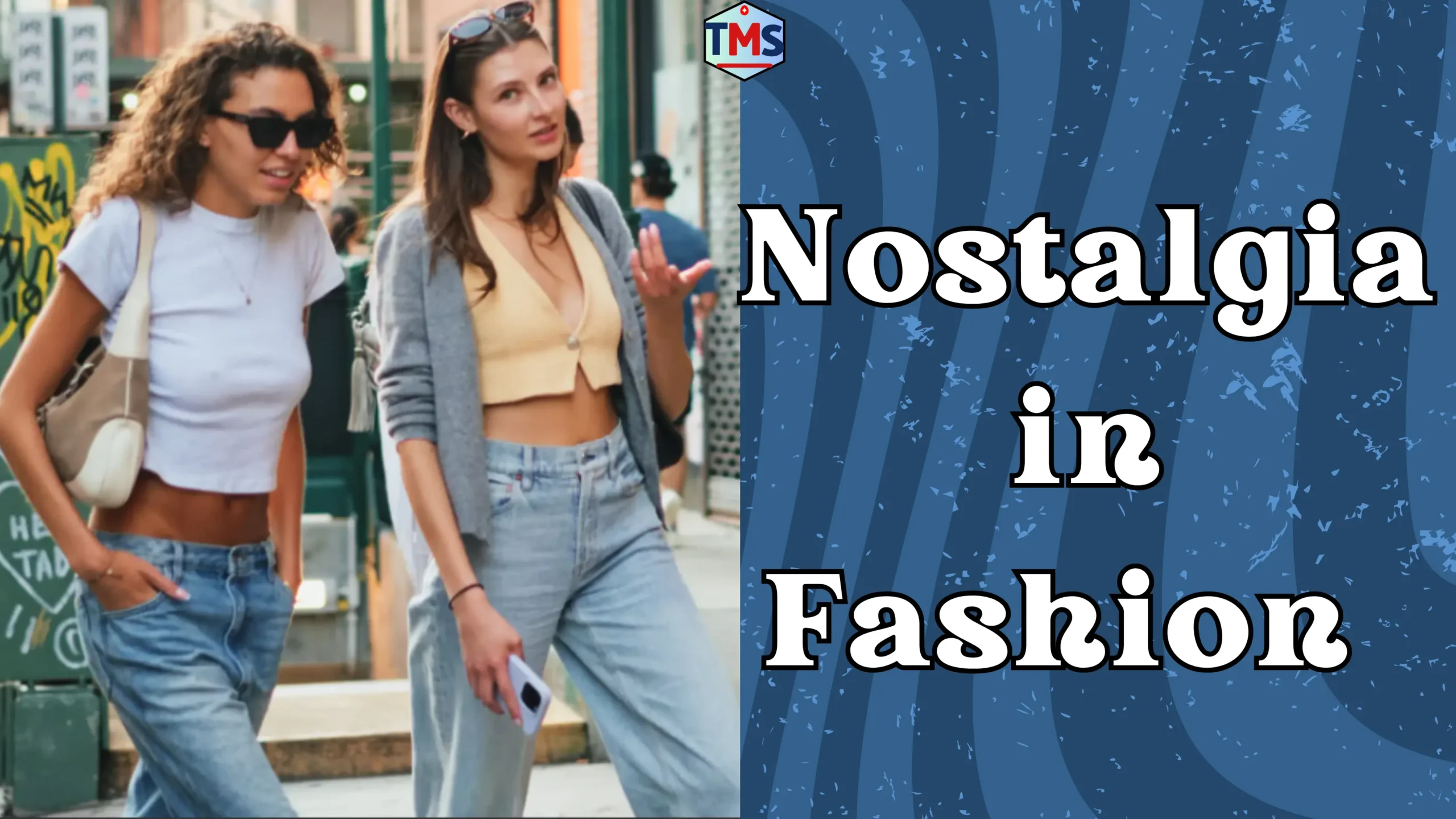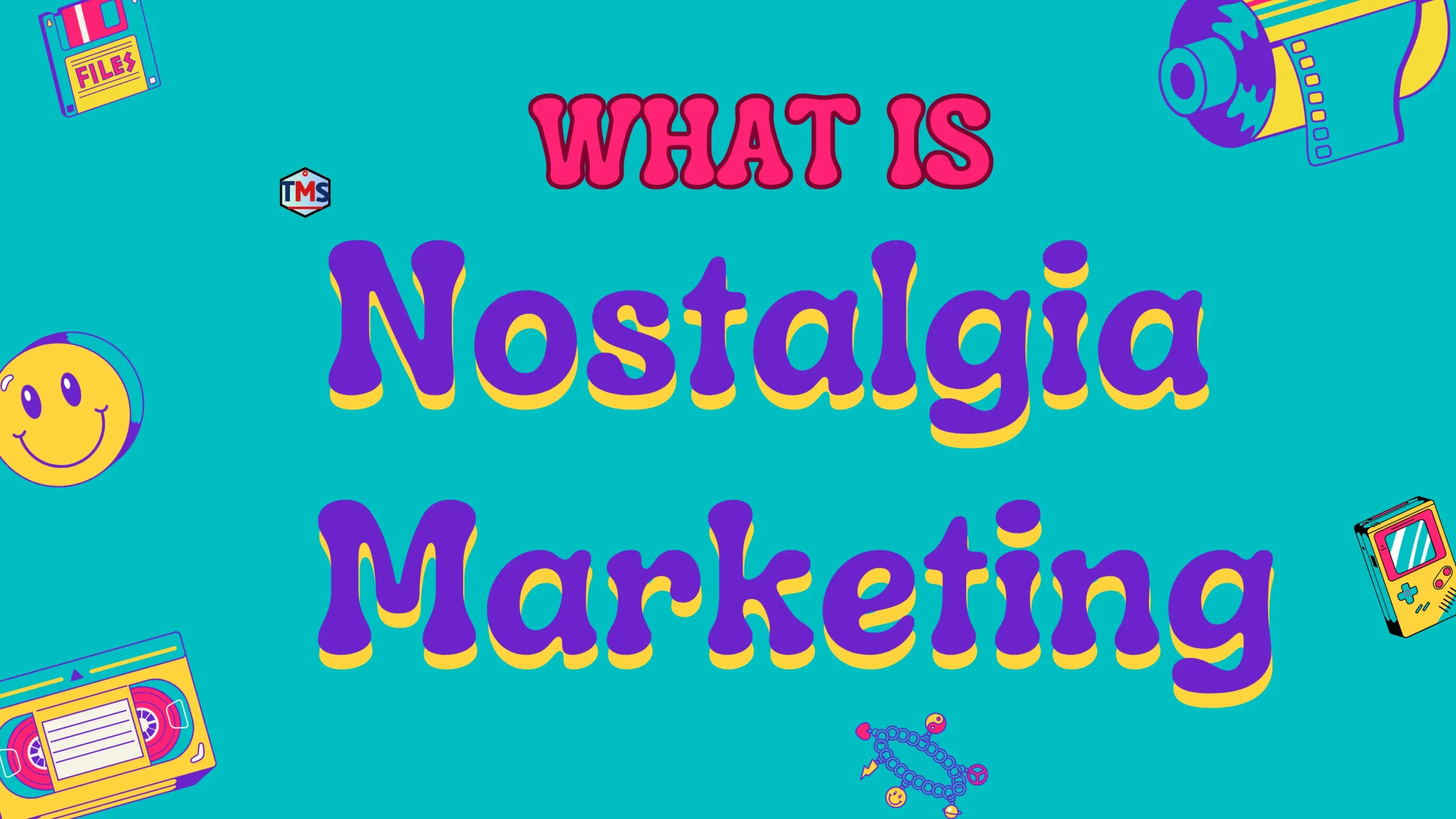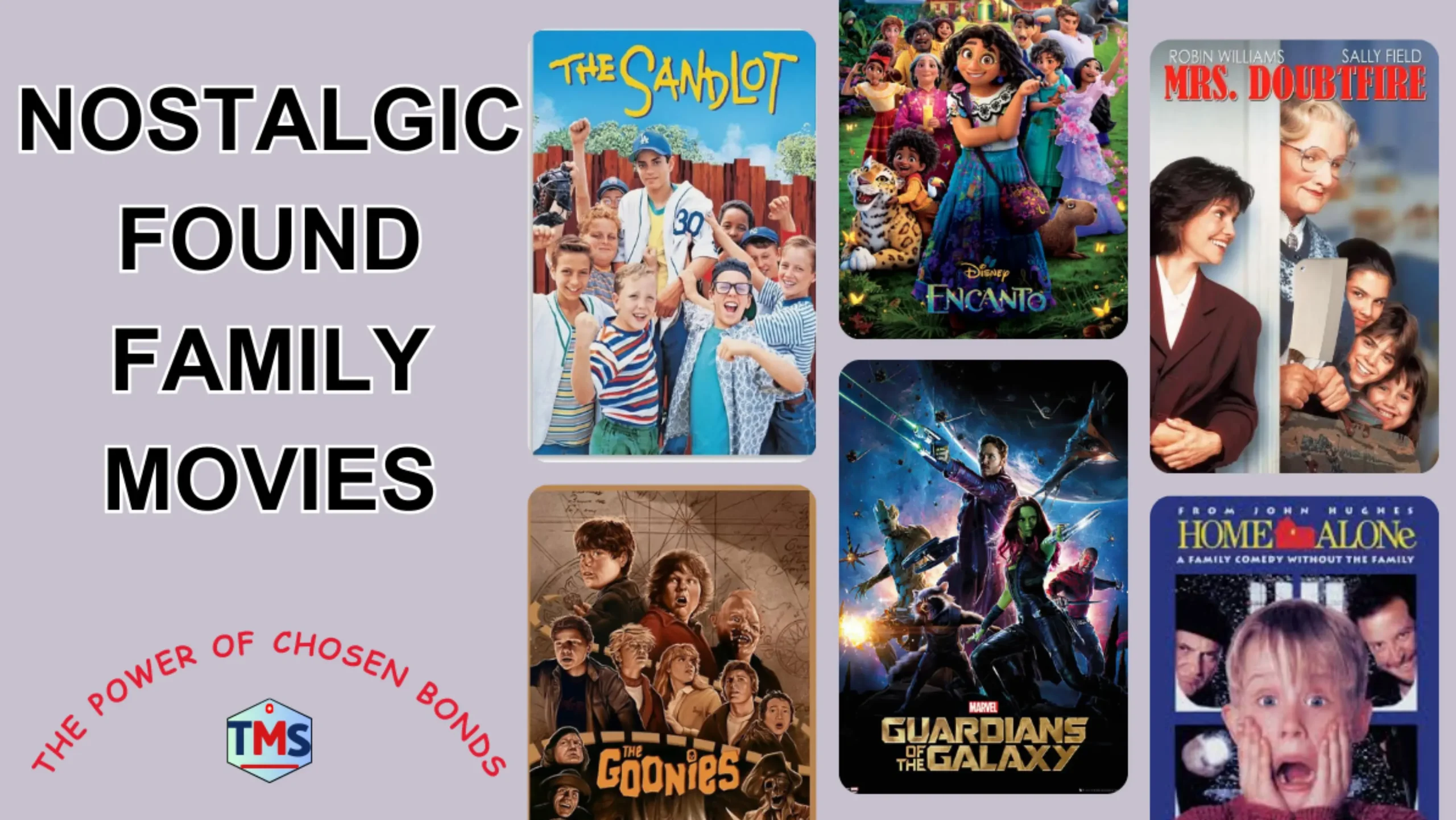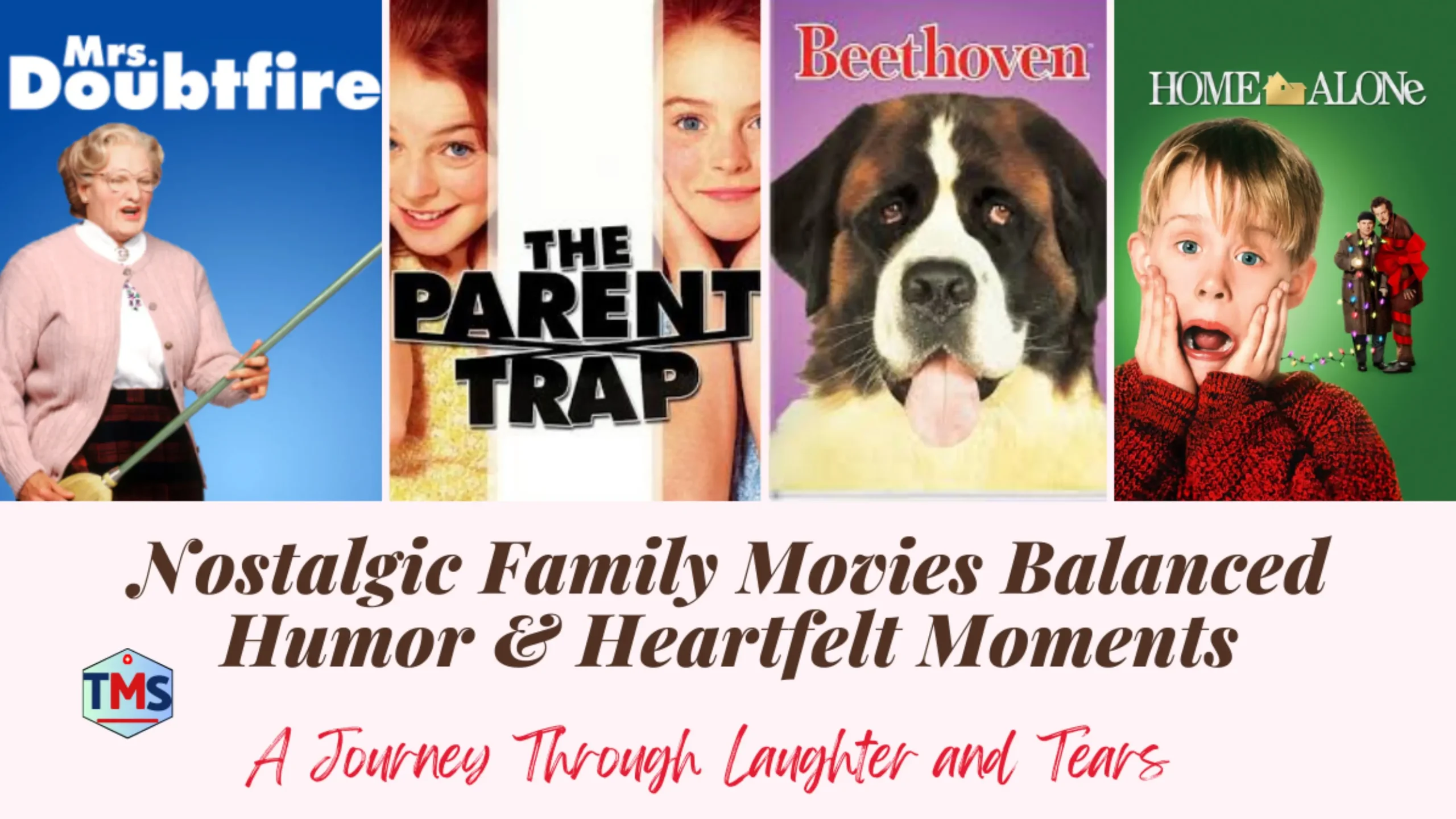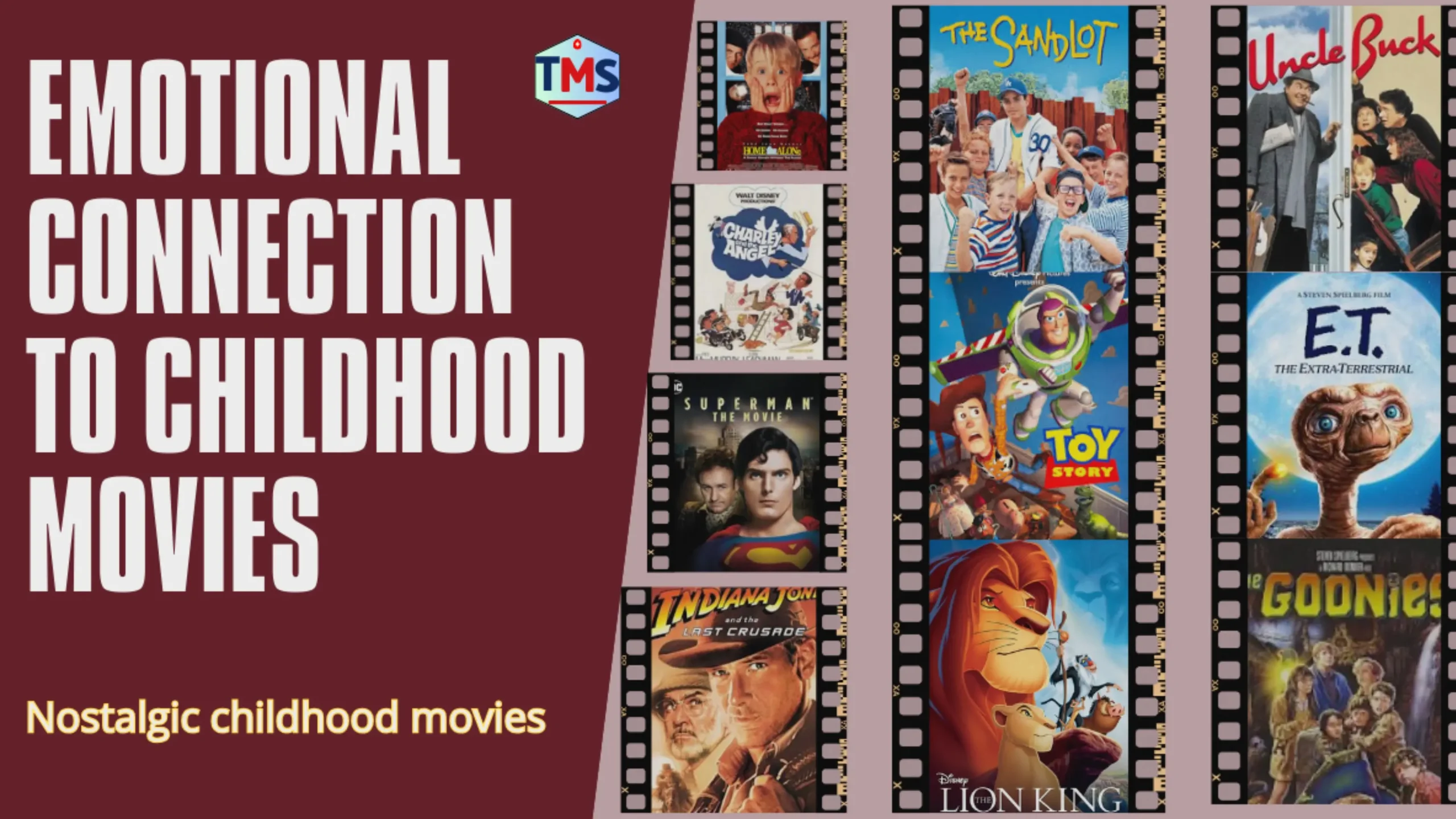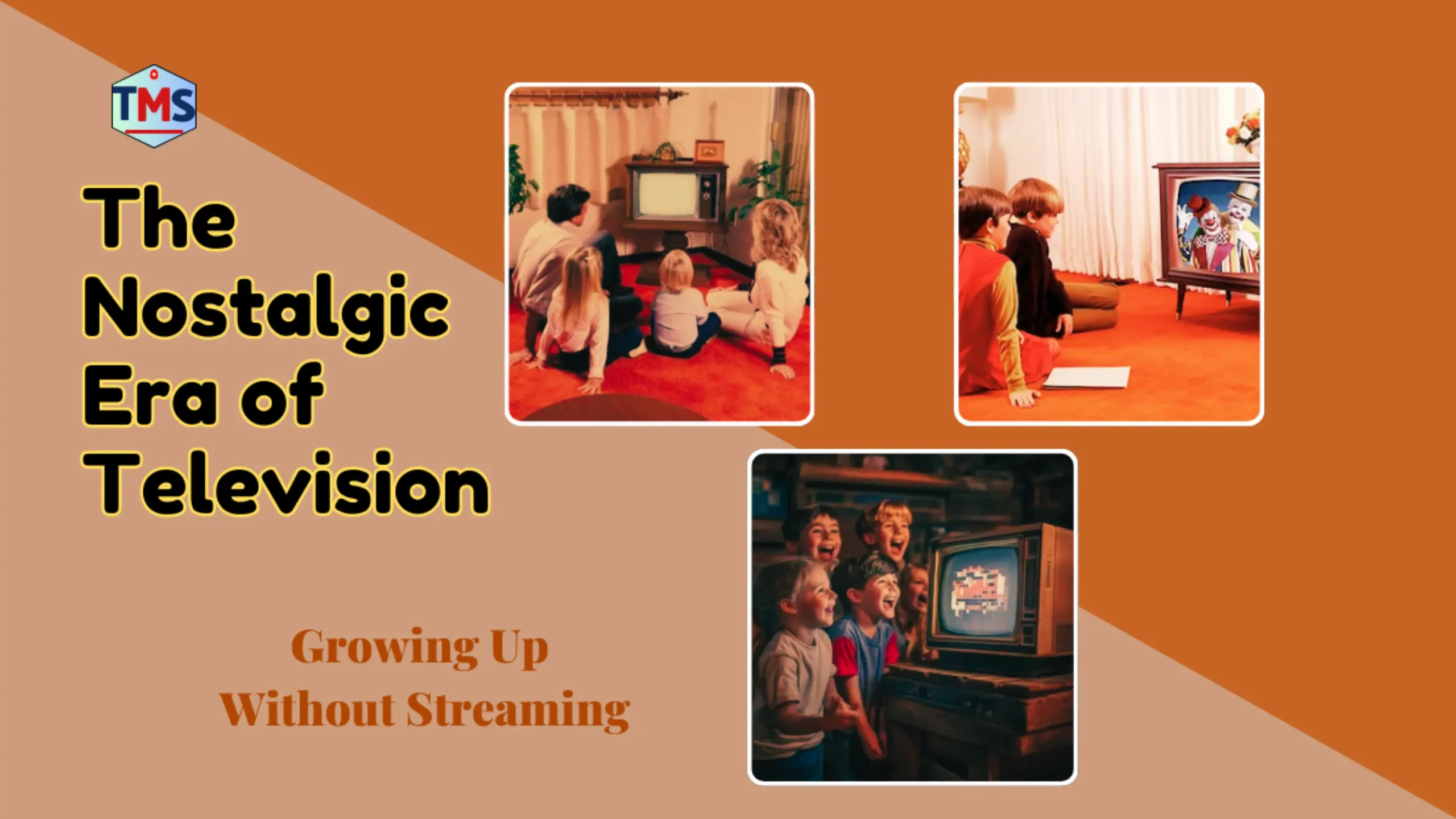Nostalgia Marketing Strategy: A Powerful Strategy for Brands
In a world full of fleeting trends and constant innovation, there’s a powerful undercurrent that continues to resonate deeply with consumers: nostalgia. It’s not just a passing fad; it’s a deep emotional connection that brands are quickly leveraging to gain a winning edge. As an expert in the field of nostalgia marketing, I can tell you that tapping into the past isn’t just about reviving old ideas; it’s about building real connections, fostering loyalty, and ultimately, generating significant returns.
So, why is nostalgia marketing such a powerful strategy for brands today? Let’s dive in.
The Power of Emotional Connection
Basically, nostalgia marketing works because it is deeply rooted in emotions. When we encounter something that evokes nostalgia, our brains release dopamine, creating feelings of pleasure and comfort. For brands, this translates into an incredibly powerful advantage. Rather than simply selling a product or service, they are selling an emotion – a connection to a simpler time, cherished memories or beloved experiences.
Think of the iconic jingles, characters or even packaging designs from your childhood. When you see or hear them again, they instantly take you back. This emotional resonance builds trust and familiarity, making consumers more receptive to the brand’s message. In a marketplace where consumers have a plethora of choices, creating an emotional bond can be a key differentiating factor that encourages them to choose your brand over a competitor’s.
Building Trust and Authenticity
In an age of skepticism and information overload, consumers are increasingly demanding authenticity from the brands they support. Nostalgia, by its very nature, often feels authentic. It’s a reminder of a time when things perhaps seemed less complicated, more real. Brands that successfully evoke this feeling can instantly build a strong sense of trust with their audience.
Consider how many food and beverage brands leverage retro designs or limited-edition “throwback” flavors. They’re not just selling a product; they’re selling a piece of shared cultural history. This creates a perception of credibility and a sense that the brand understands and values its customers’ past experiences, making them feel more connected and loyal.

Tapping into a Sense of Security and Comfort
The world can often seem unpredictable and chaotic. In times like these, people naturally seek comfort and familiarity. Nostalgia provides a psychological “safe place,” offering a sense of security and warmth derived from past, positive experiences. Brands that capitalize on this desire for comfort can establish themselves as a reassuring presence in consumers’ lives.
This is particularly evident in industries like entertainment, where reboots, sequels, and remakes of beloved franchises consistently perform well. People return to these familiar stories and characters because they provide a sense of continuity and comfortable escape. Likewise, brands that remind consumers of their beloved past can become a source of comfort and reliability in an ever-changing landscape.
Fostering Cross-Generational Appeal
While nostalgia is often associated with older generations, its appeal is surprisingly broad. Younger demographics, often exposed to “vintage” trends through social media or their parents’ interests, also develop an attachment to elements of the past. This creates a unique opportunity for brands to bridge the generational gap.
A brand can launch a campaign that resonates with Generation Xers who remember a particular product from their youth, while simultaneously sparking curiosity and interest among Generation Zers who are discovering it for the first time. This multi-generational reach significantly expands a brand’s potential audience and creates opportunities for shared experiences and conversation across families.
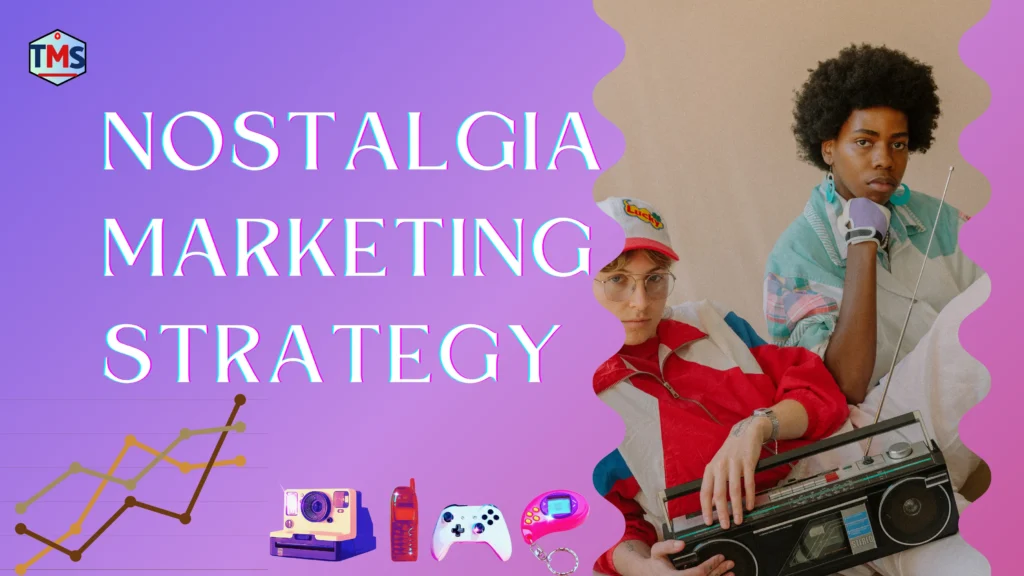
Driving Engagement and Shareability
Nostalgic content is naturally shareable. When something sparks a strong memory or emotion, people often feel compelled to share it with others who can relate. This creates natural reach and buzz around a brand’s marketing efforts.
Social media platforms are particularly fertile ground for nostalgia marketing. From “Throwback Thursday” to viral quizzes about childhood memories, nostalgic content often goes viral, generating significant engagement, comments, and shares. For brands, this means increased brand visibility, word-of-mouth marketing, and a more engaged community around their products or services.
A Cost-Effective Strategy with Lasting Impact
Finally, while successful nostalgia marketing requires creativity and a deep understanding of your audience, it can often be a surprisingly cost-effective strategy. Leveraging existing brand heritage, iconic imagery, or beloved intellectual properties can reduce the need for entirely new campaign development.
Furthermore, the emotional connections created through nostalgia marketing tend to be long-lasting. Unlike fleeting promotional offers, the good feelings associated with old experiences can create lasting brand loyalty, turning one-time buyers into lifelong supporters.
Key Takeaways: Why is Nostalgia so Powerful in Marketing?
Creates Emotional Connections
Nostalgia evokes positive emotions such as happiness and comfort, creating a deeper connection between consumers and the brand. By associating products with fond memories, brands can increase goodwill and increase the likelihood of purchase. For example, Coca-Cola’s “Share a Coke” campaign used vintage logos and names on bottles to evoke personal memories, creating a strong emotional connection with consumers.
Increases Brand Loyalty and Engagement
Nostalgia campaigns leverage shared cultural experiences, encouraging consumers to connect and share content. Social media amplifies this effect, as users connect and reminisce with others through shared memories. Pepsi’s 2016 relaunch of Crystal Pepsi was paired with a #ShowYour90s social media campaign that encouraged widespread engagement by inviting fans to share their 90’s memories, thereby increasing brand visibility.
Appeals Across Generations
Nostalgia-inducing marketing resonates with older audiences who lived in the referenced era and younger generations discovering the retro trend. Lego’s re-issued classic sets and collaborations with franchises like Star Wars attract adults who grew up with the brand and introduce it to a new audience, creating cross-generational appeal.
Increases Purchase Intent
Studies show that nostalgia can increase consumers’ willingness to spend by evoking positive emotions. A 2022 Journal of Consumer Research study found that nostalgia-driven marketing can increase purchase intent by as much as 50%, as seen with Nintendo’s NES Classic Mini, which sold over 3.6 million units by 2018 due to its retro appeal.
Offers Comfort in Uncertain Times
Nostalgia provides an escape to simpler, happier times, especially during economic or social uncertainty. This makes consumers more receptive to nostalgic campaigns. McDonald’s 2022 Adult Happy Meal, which includes ’90s-inspired toys, generated significant buzz by offering comfort and familiarity to Millennials.
Increases Brand Recognition
In a crowded marketplace, nostalgia helps brands stand out by leveraging familiar references. Adidas’ 2019 campaign celebrating the 45th anniversary of Billie Jean King’s birth with limited edition shoes used nostalgia and a customization event, resulting in a 20% increase in tennis shoe sales.
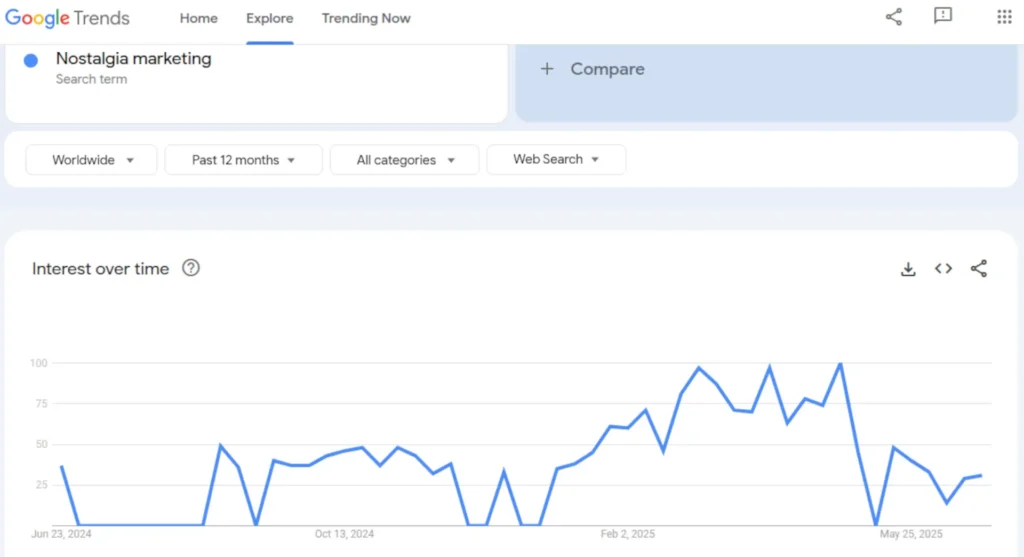
Increases Shareability and Virality
Nostalgic content can be highly shared, sparking conversations on social media platforms like TikTok and Instagram. Stranger Things 80s’ aesthetics and partnerships with brands like Coca-Cola have fueled viral engagement by using retro pop culture, attracting both fans and new audiences.
Strengthens Brand Heritage
Highlighting a brand’s history or reviving iconic products strengthens credibility and trust. According to Kantar’s Link ad testing database, KFC’s Heritage ad campaign used nostalgia to emphasize its long-standing heritage while staying relevant, increasing the ad’s distinctiveness by 14 points.
Conclusion
Nostalgia marketing is a successful strategy because it harnesses the emotional power of memory, creating authentic connections that drive engagement, loyalty, and sales. By combining retro elements with modern relevance, brands like Coca-Cola, Nintendo, and Adidas have successfully used nostalgia to stand out in a competitive landscape. To implement this strategy, brands must understand their audience, maintain authenticity, and leverage social media for maximum impact. In 2025, when consumers seek familiarity amid rapid change, nostalgia marketing remains a powerful tool for building lasting brand relationships.
Podcast Spotify: The Power of Nostalgia Marketing
Frequently Asked Questions (FAQs)
How can nostalgia marketing influence brand loyalty?
Nostalgia marketing influences brand loyalty by creating a strong emotional bond between consumers and the brand. When a brand evokes positive memories and emotions from a consumer’s past, it fosters a sense of comfort, trust, and familiarity. This emotional connection makes consumers more likely to choose that brand again and again, even when faced with alternatives, because it satisfies the desire for stability and the pleasant feelings associated with those past experiences.
What makes certain brands effective in evoking nostalgia?
Effective nostalgia-driven brands leverage authentic storytelling, iconic imagery, and cultural references that resonate with their target audience. They use familiar elements like vintage logos, retro designs, or references to specific eras (e.g., 80s or 90s pop culture) to evoke memories. Brands like Coca-Cola and Nintendo excel by aligning their campaigns with consistently shared cultural touchpoints, ensuring relevance and emotional impact.
Why is nostalgia marketing so effective?
Nostalgia marketing is effective because it triggers powerful emotions associated with personal and collective memories. This creates a sense of comfort, trust, and familiarity, which influences purchasing decisions. Studies show that nostalgia reduces stress and increases positive emotions, making consumers more receptive to brands that evoke these feelings, leading to stronger engagement and sales.
What is the role of nostalgia marketing in influencing consumer behavior?
Nostalgia marketing influences consumer behavior by appealing to emotions rather than logic, encouraging impulse purchases and brand preference. It creates a sense of belonging and trust, leading consumers to choose familiar brands over competitors. Campaigns that revive past experiences, such as re-releasing old products, can boost engagement, social sharing, and repeat purchases.
How nostalgia based marketing affects consumer perception?
Nostalgia-based marketing enhances consumer perception by associating brands with positive, emotional experiences. This establishes brands as trustworthy and timeless, improving their image and credibility. For example, brands that use retro advertising may be perceived as authentic and trustworthy, creating a favorable impression that influences purchasing decisions.
Is nostalgia marketing a game changer for the toy industry?
Yes, nostalgia marketing is a big change for the toy industry. By reintroducing classic toys like Tamagotchi or Lego sets with a retro theme, brands appeal to both adult collectors and parents looking for familiar products for their children. This strategy drives sales, increases brand loyalty, and creates multi-generational appeal, which significantly impacts market growth.
What is the theory of nostalgia marketing?
Nostalgia marketing theory posits that evoking fond memories creates emotional connections that influence consumer behavior. Rooted in psychology, it suggests that nostalgia triggers positive emotions, reduces stress and increases brand affinity. By linking products to the personal or cultural past, brands can increase trust, loyalty and purchase intention.
How does nostalgia marketing trigger emotions in consumers?
Nostalgia marketing triggers emotions by leveraging sensory cues such as music, visuals, or scents associated with past experiences. For example, an ad with a 90s jingle may evoke joy, comfort, or longing, creating an emotional bond with the brand. These feelings drive engagement, as consumers associate the brand with positive emotions.
What impact does nostalgia have on consumer preferences?
Nostalgia shapes consumer preferences, as they tend to prefer brands that evoke personal or cultural memories. Consumers are often attracted to products that remind them of their past, such as childhood snacks or old toys. This emotional connection can trump price or convenience factors, making nostalgic brands the preferred choice.



